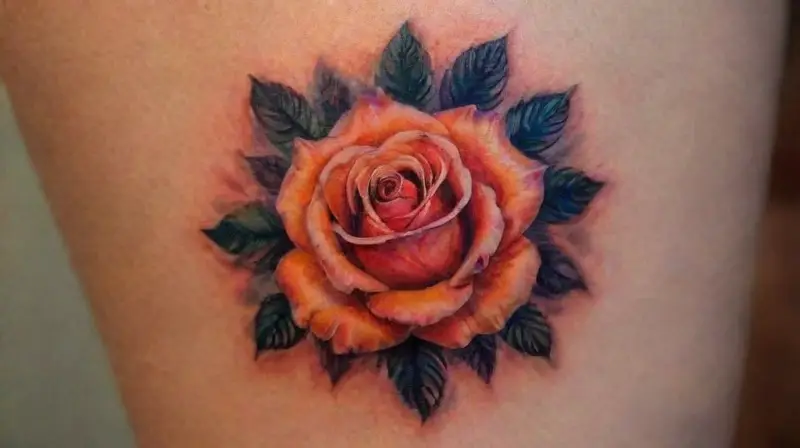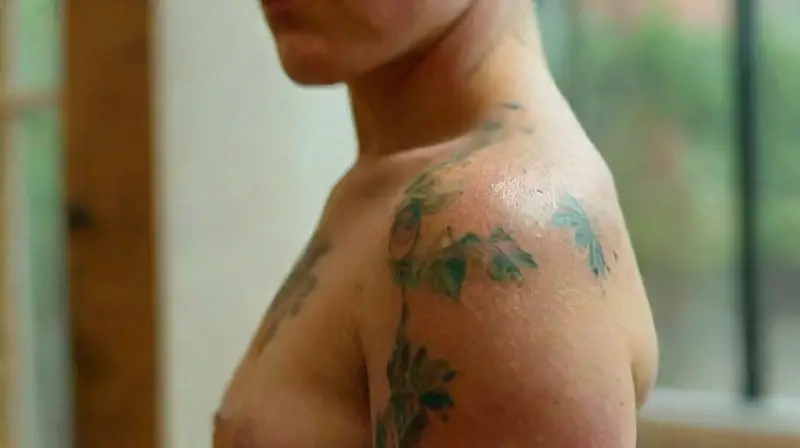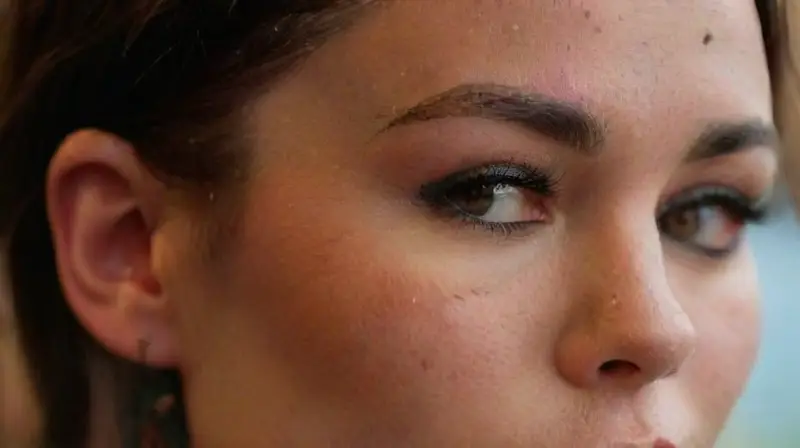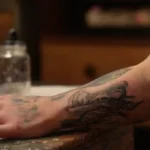Tattooing has evolved into an art form that spans cultures, decades, and individual expressions. Over time, different styles have emerged, each with its unique characteristics and histories. These styles not only reflect personal stories but also the traditions and innovations brought by talented artists worldwide.
Understanding the origin and essence of these popular styles can help enthusiasts and newcomers appreciate the depth and diversity within the tattoo community. Recognizing the creators behind these styles sheds light on the evolution and their impact on contemporary tattooing practices.
Traditional (Old School)
The Traditional style, often called Old School, is characterized by bold lines, vibrant colors, and simple, iconic imagery. It originated in the early 20th century, heavily influenced by sailors and maritime culture. Artists like Sailor Jerry became iconic figures, pioneering this straightforward yet impactful style.
Sailor Jerry, born Norman Collins, is considered a legend in traditional tattooing. His work emphasized durability and clarity, making tattoos easy to recognize and timeless. His influence can still be seen today in the prominent use of bold outlines and a limited but striking color palette.
Modern artists continue to draw inspiration from Sailor Jerry, preserving the style’s identity while adding personal twists. The traditional style remains popular due to its bold aesthetics and clear symbolism. Its cultural significance and historical roots make it a staple in the tattoo world.
realism
Realism tattoos aim to create images that look like photographs or real-life objects. They require a high level of skill to capture intricate details, shading, and depth. Artists specializing in realism often work from photographs, translating them meticulously onto the skin.
Artists like Robert Hernandez and Nikko Hurtado are renowned for their exceptional work in realism. Hurtado’s ability to portray lifelike portraits with emotional depth has made him a benchmark in this style. Their attention to detail pushes the boundaries of what can be achieved on skin.
This style continues to grow in popularity due to its ability to serve personal narratives, memorials, or hyper-detailed artwork. As tattoo artists refine their techniques, the realism style becomes increasingly sophisticated and vivid, bridging the gap between art and photography.
watercolor

The watercolor style mimics the appearance of watercolor paintings, featuring soft, flowing colors and less defined outlines. It emphasizes a sense of movement and delicacy, often blending hues seamlessly. This style is relatively new but has gained significant popularity for its vibrant and ethereal quality.
Artists like Akzo and Hon Sol are pioneers of the watercolor technique in tattooing. Their innovative approaches involve diluted ink and delicate brushwork to recreate brushstrokes directly on skin. This style combines traditional art skills with tattooing techniques to produce a unique visual effect.
Watercolor tattoos are often employed for floral, abstract, and fantasy designs. Their whimsical and vibrant aesthetic appeals to those seeking a more artistic and less structured look. As technology and ink quality improve, watercolor tattoos continue to evolve, pushing creative boundaries.
Japanese Irezumi
Japanese Irezumi is a traditional tattoo style with a history spanning centuries. It features detailed, large-scale designs often depicting dragons, koi fish, cherry blossoms, and mythological characters. The style emphasizes flowing composition and intricate interior details.
Artists like Horiyoshi III and Horitomo are celebrated for their mastery of Irezumi. Their craftsmanship preserves centuries-old techniques, including the use of traditional tools and methods. Their work respects cultural heritage while adapting to contemporary tattoo practices.
Irezumi garments are rich in symbolism, representing strength, perseverance, and spirituality. Today, many artists honor this legacy by blending traditional techniques with modern styles and themes. This style remains a vibrant part of Japanese culture and global tattoo artistry.
Blackwork
Blackwork tattoos are characterized by bold black ink, often covering large areas of the body. This style includes geometric patterns, tribal designs, and abstract images that rely on contrast and solid fills. Its simplicity enhances visual impact and durability.
Artists like Boogie and Everson Sata have pioneered this style through research into traditional tribal art and modern abstract design. Their ability to craft striking patterns using only black ink has made Blackwork increasingly popular worldwide. The style often emphasizes symmetry and repetition.
Blackwork offers a versatile canvas for both minimalist and complex designs. Its bold aesthetic is suitable for statement pieces or cohesive sleeves. As a relatively new trend, it continues to grow, inspiring artists to explore new patterns and compositions.
Neotraditional

Neotraditional combines the bold lines and themes of traditional tattoos with modern techniques and a broader color palette. It features more detailed imagery and shading, allowing for more realistic and nuanced designs. Artists expand on traditional motifs with contemporary twists.
Notable artists like Amanda Wachob and Dr. Woo have contributed to this style’s evolution. Their work employs innovative shading and composition, pushing the boundaries of classic tattoo designs. Neotraditional bridges the gap between timeless aesthetics and modern artistry.
This style is popular for portraits, flora, fauna, and whimsical themes. Its versatility enables personalized and vibrant artworks that retain the strength of traditional style while embracing complexity. As tattoo enthusiasts seek more sophisticated visuals, Neotraditional continues to flourish.
Geometric and dotwork
Geometric tattoos focus on shapes, lines, and symmetry, creating visually stimulating designs. Dotwork involves creating images through tiny dots, which can produce shading effects and intricate patterns. Together, they form a contemporary style that combines precision and complexity.
Artists like Chaim Machlev and Robert Ryan are renowned for their mastery of geometric and dotwork techniques. Their meticulous attention to detail produces mesmerizing images that often symbolize balance and harmony. These styles are favored for their artistic rigor and modern aesthetic.
The appeal lies in the hypnotic and meditative quality of these tattoos, often used for mandalas, sacred symbols, or abstract concepts. As technology advances, these styles become even more detailed and expansive, blending artistry with mathematical precision.
Conclusion
The diversity of tattoo styles reflects the rich history and creative potential within the tattoo community. From traditional to contemporary hybrid styles, each possesses a unique cultural and artistic significance. The influential artists behind these styles continue to inspire upward of millions of enthusiasts worldwide.
Overall, exploring the world’s tattooing styles allows for deeper appreciation of the craftsmanship and stories embedded in each piece. Whether for personal meaning or artistic expression, choosing the right style and artist can turn a tattoo into a timeless masterpiece that celebrates individual identity and cultural heritage.



